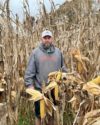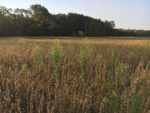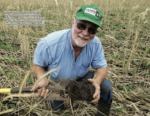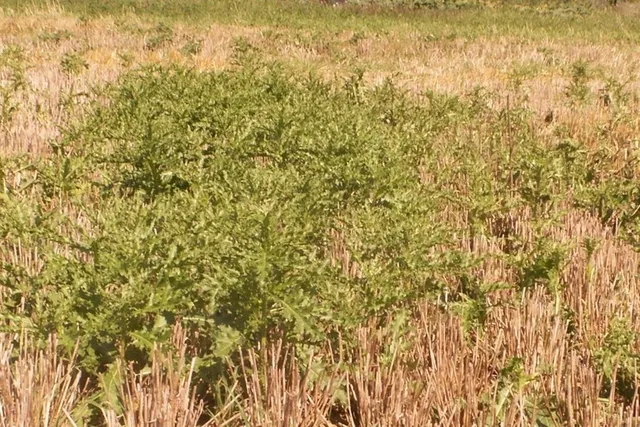Advertise Follow Us
No-Till Farmer News
Cover Crops
Buffering the Soil with Long-Term Cover Cropping
Jeff Olson is protecting soil and improving water infiltration with a mixed bag of application methods and plenty of patience.
Read More






.png?height=125&t=1667920807&width=150)







